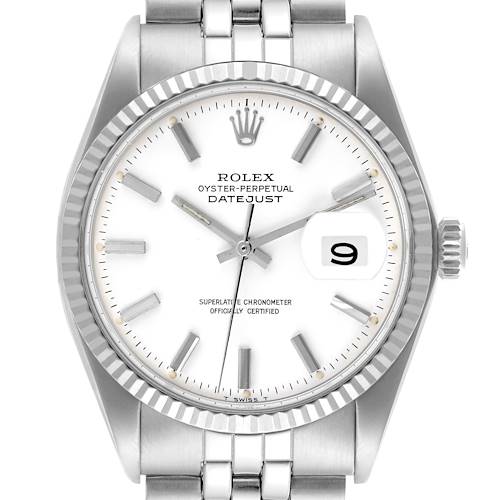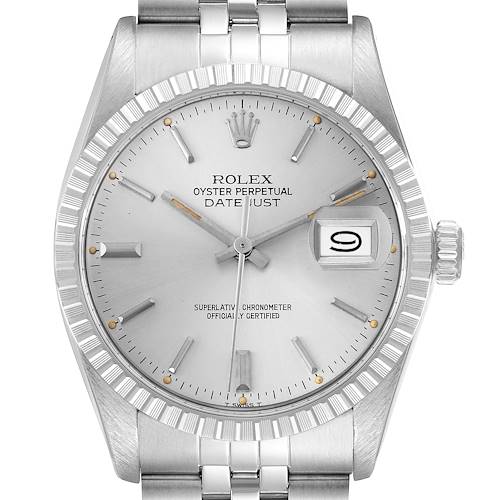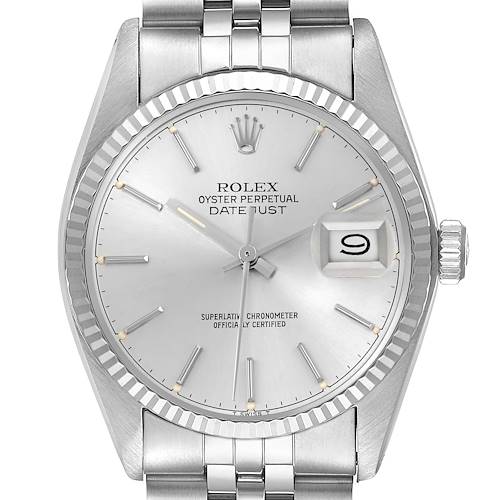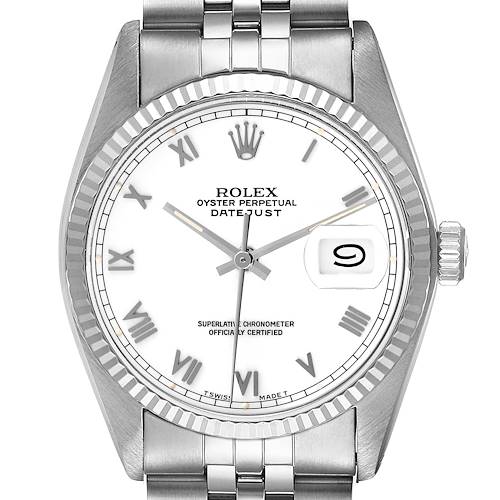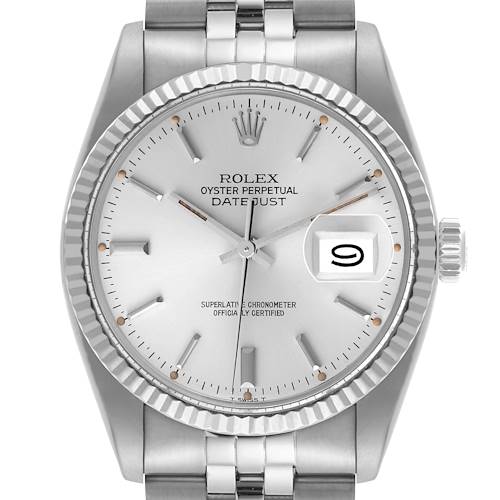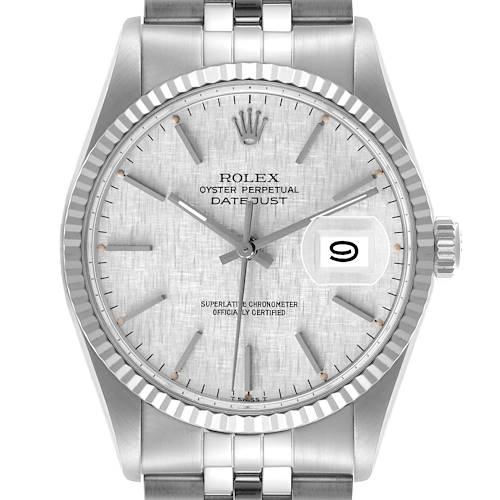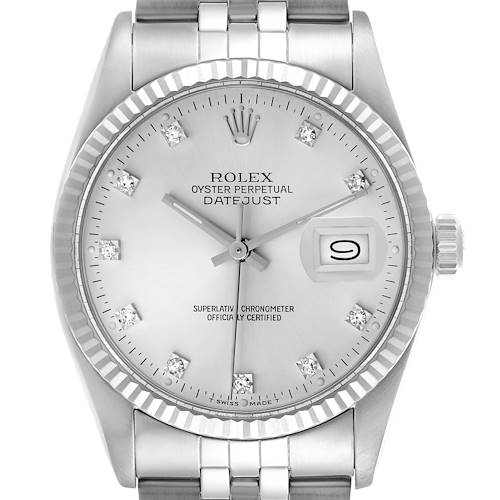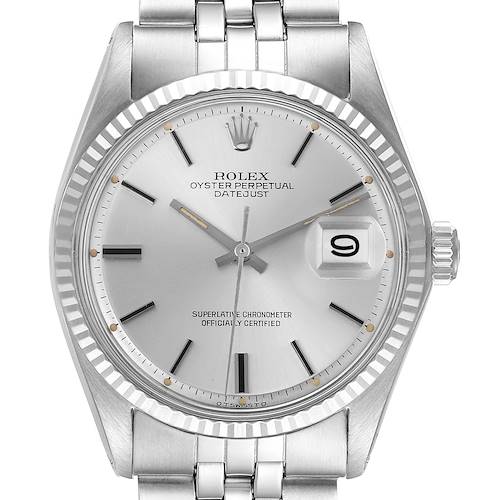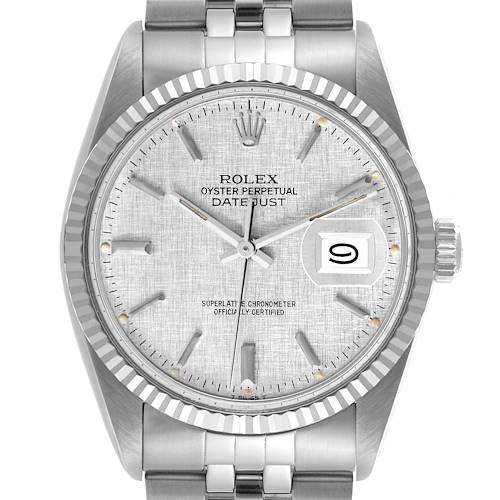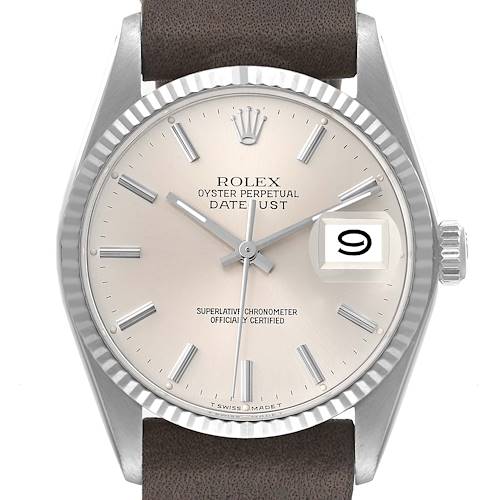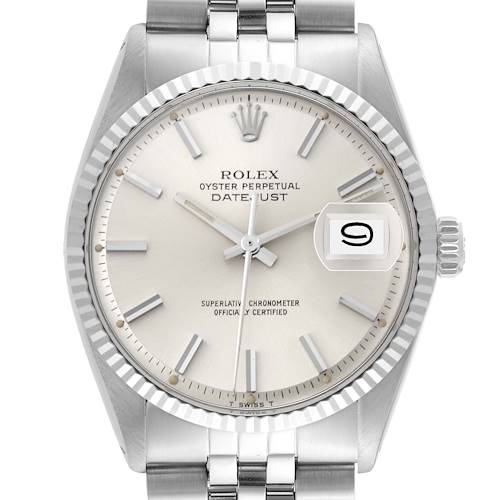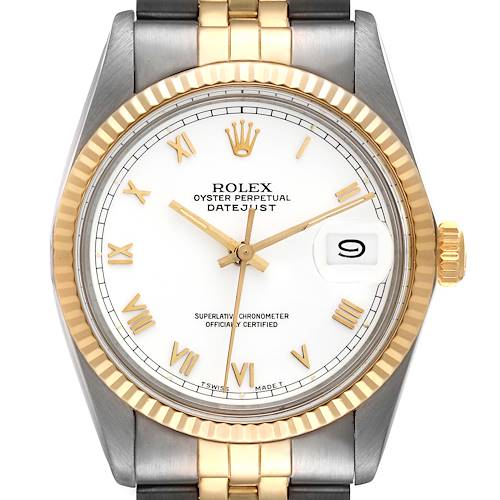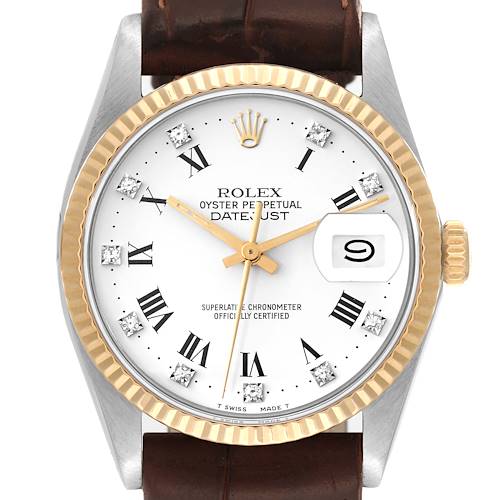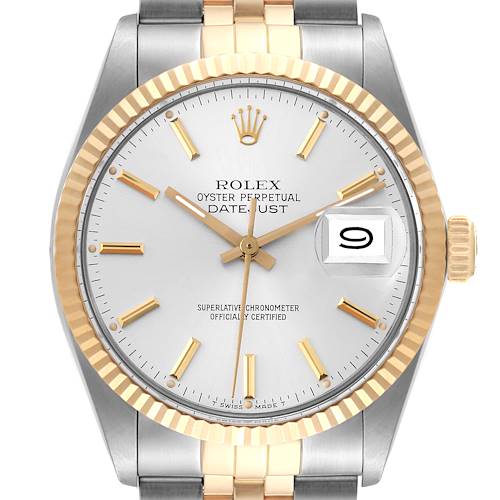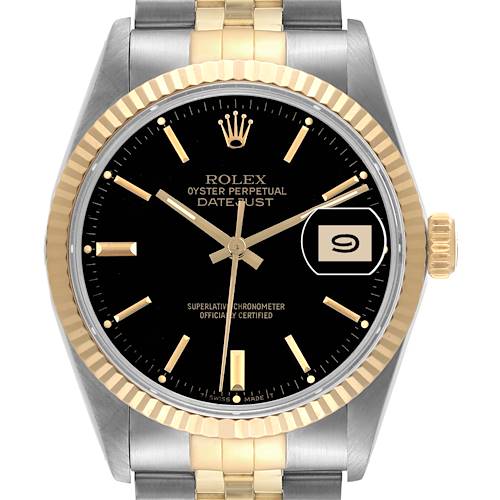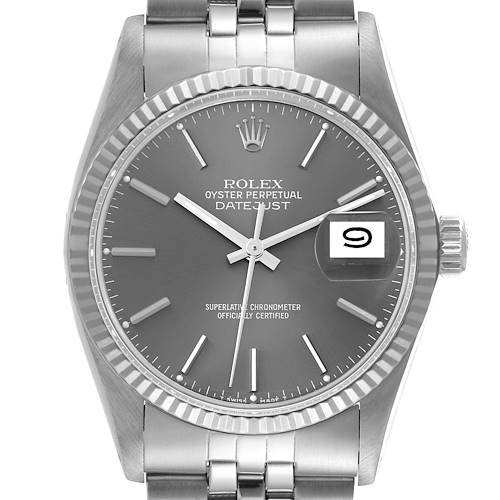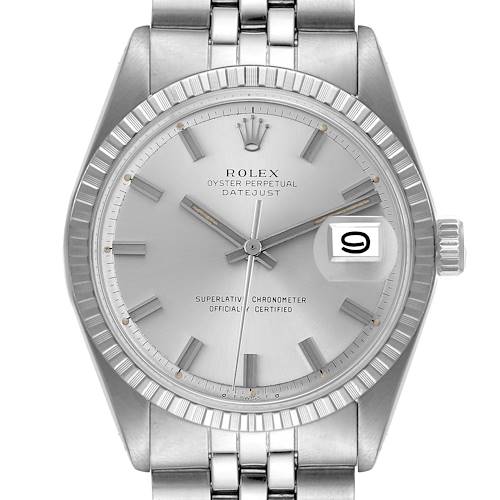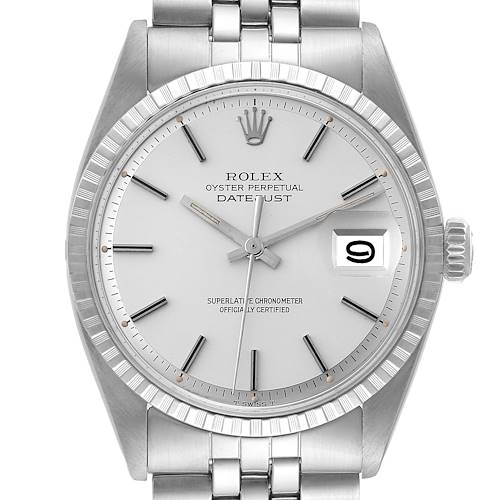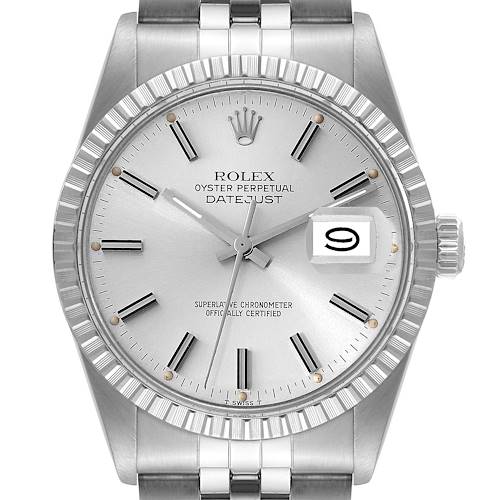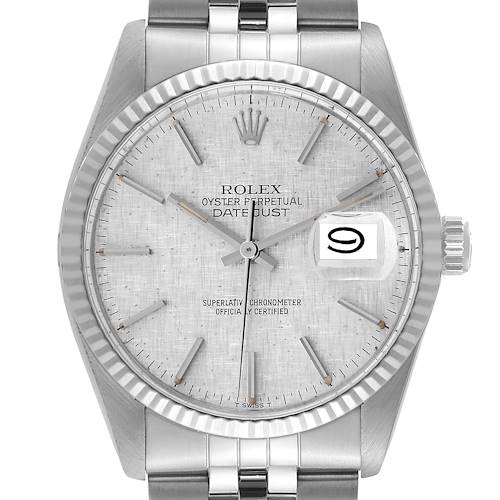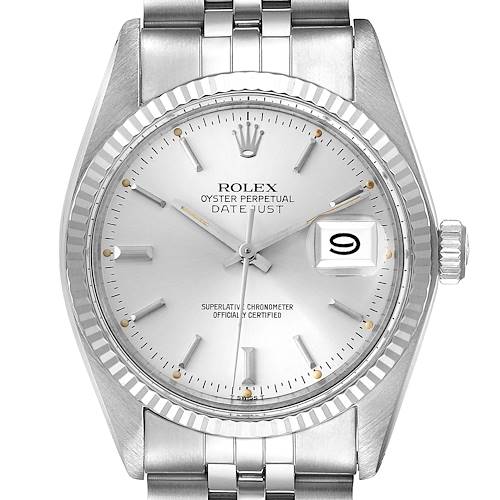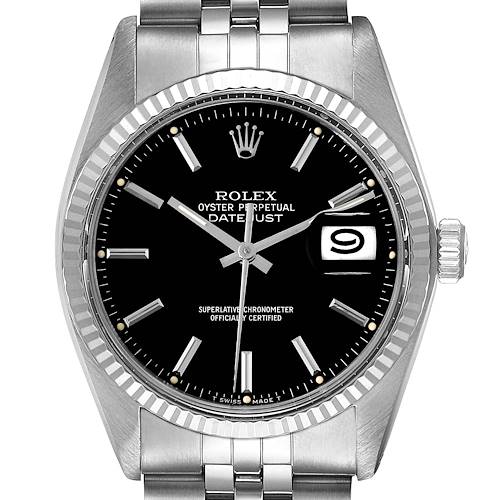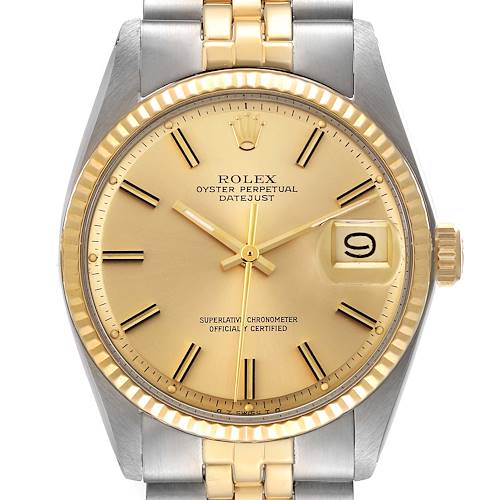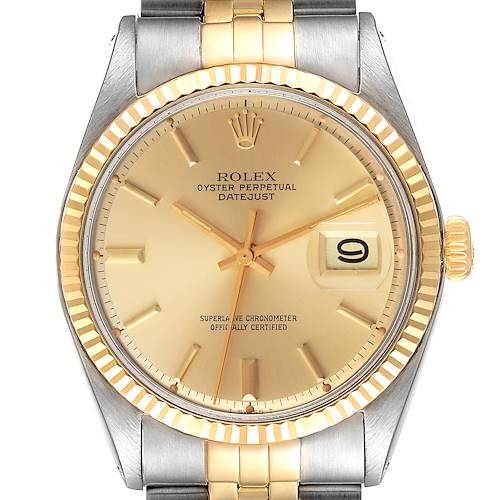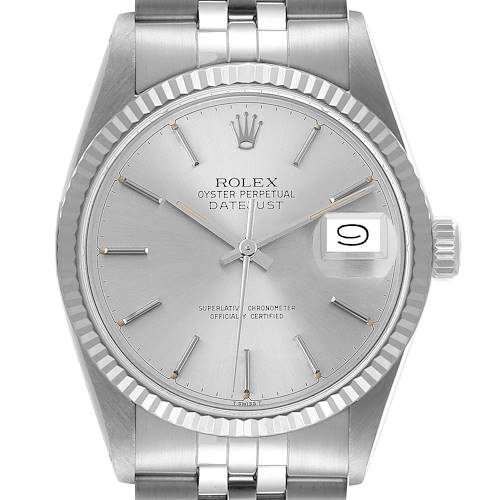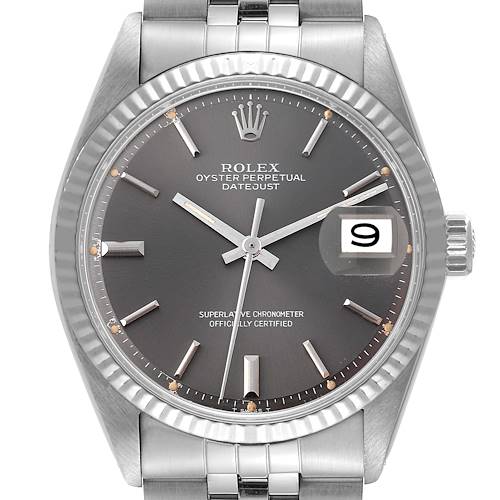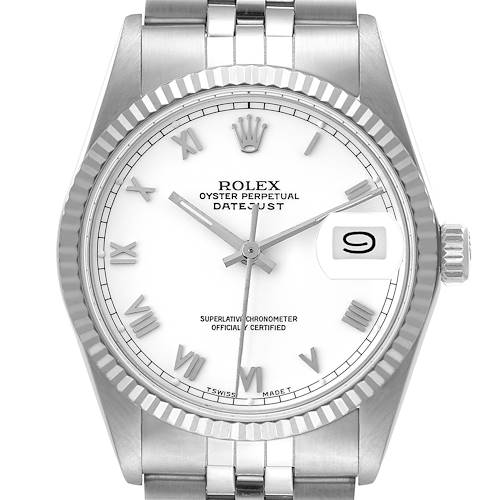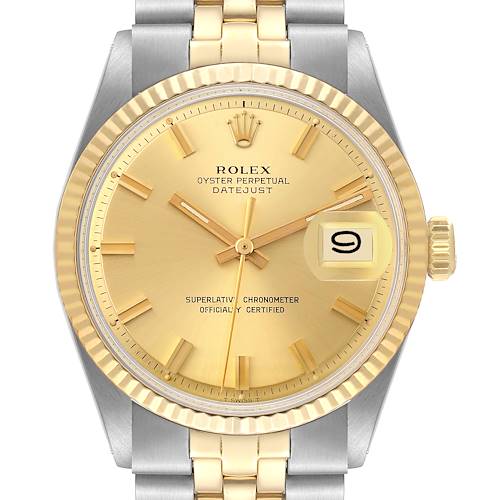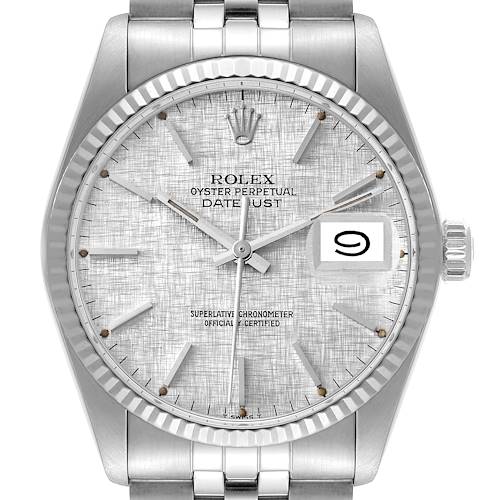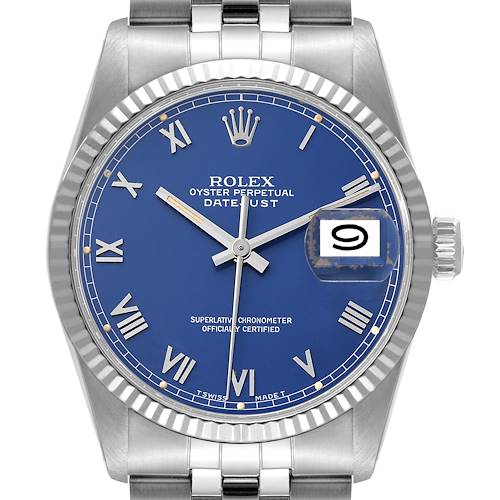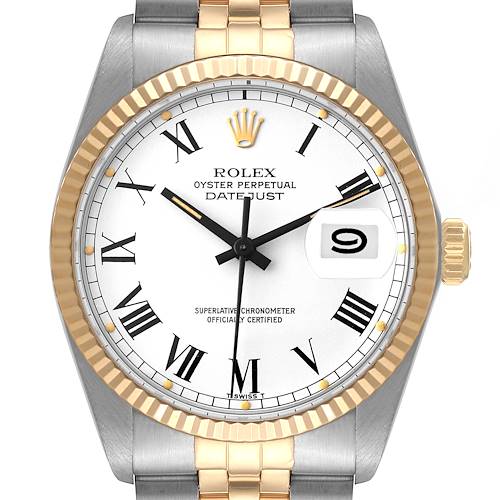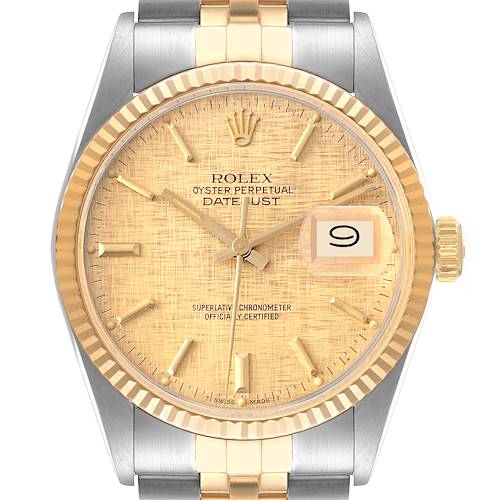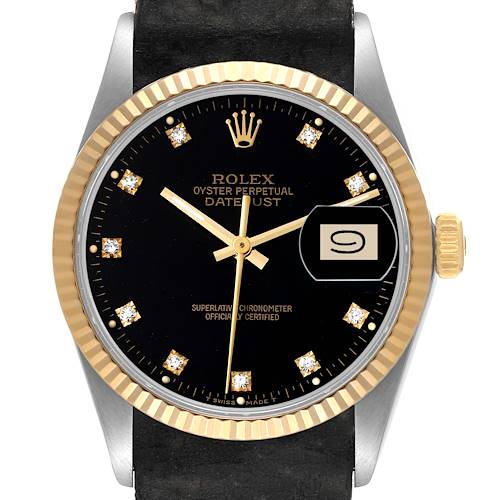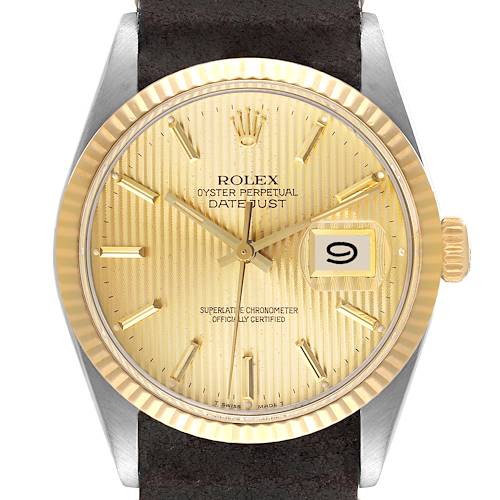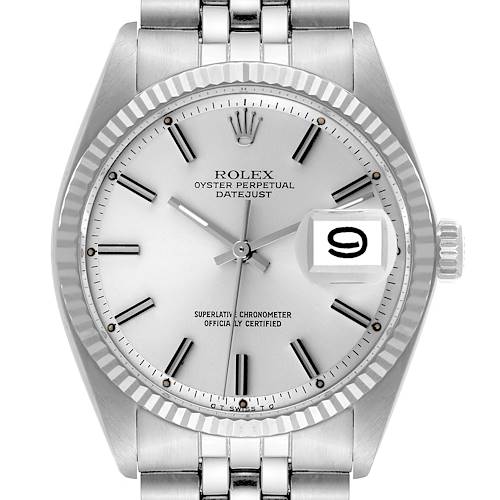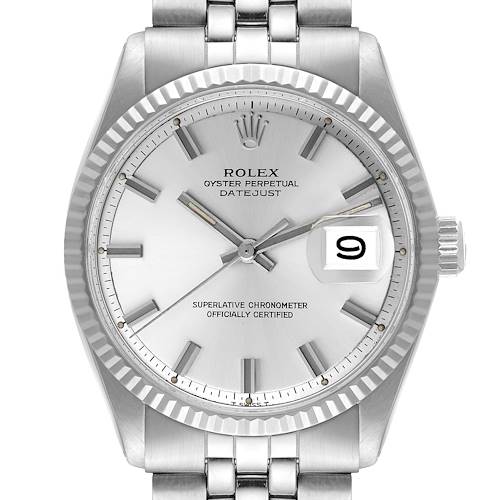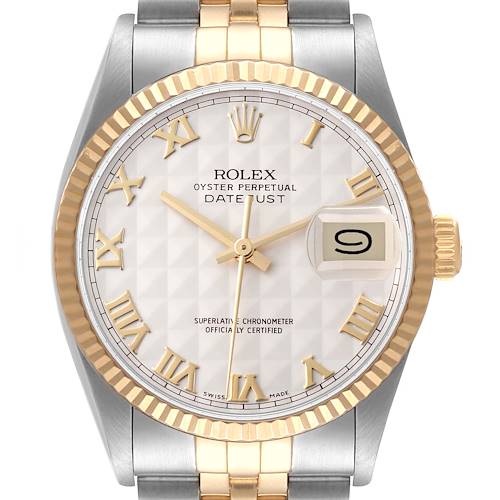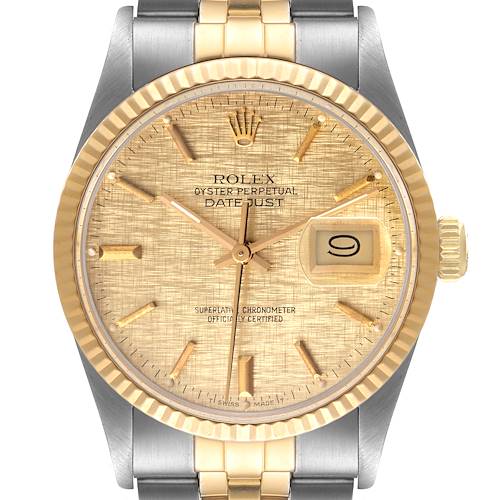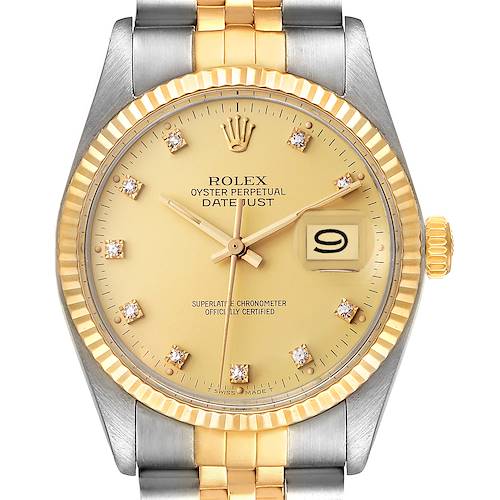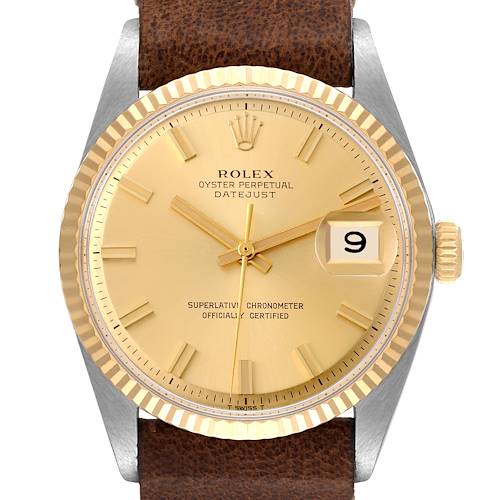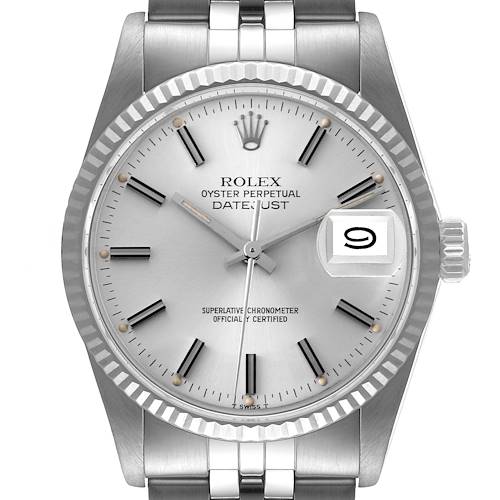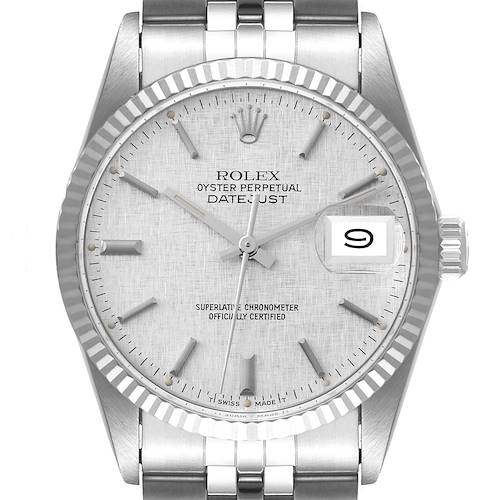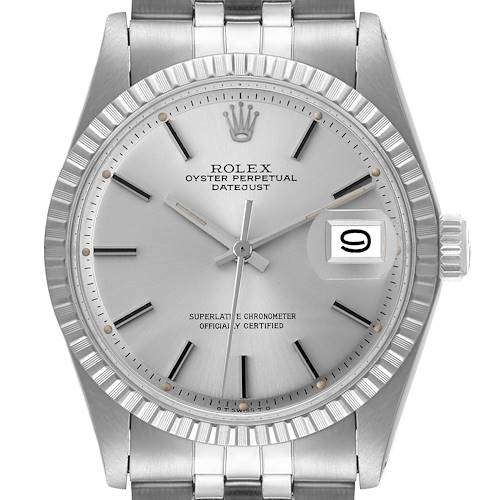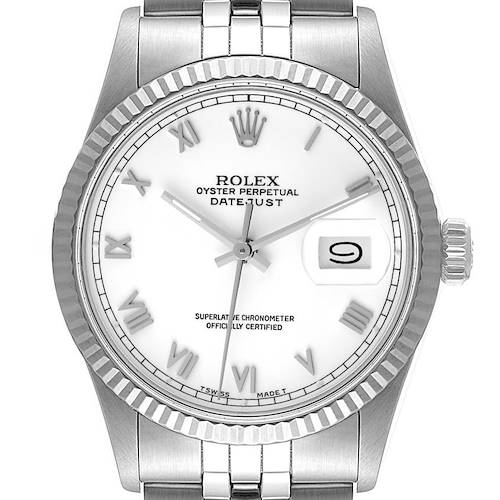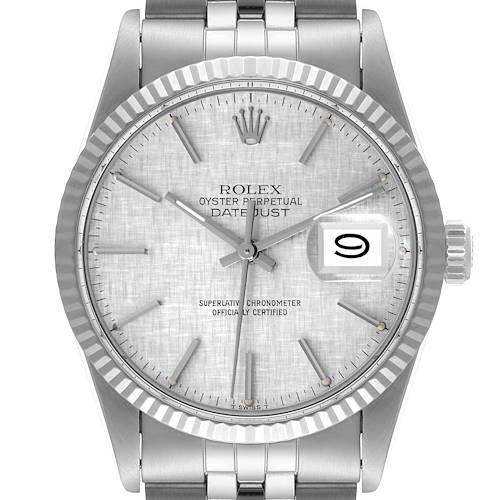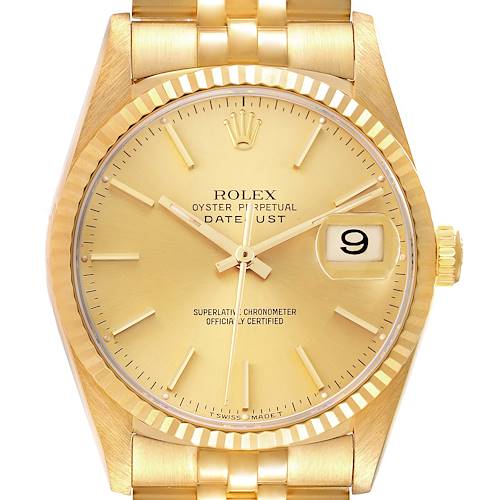- CALL US (404) 814-1814
- LIVE SUPPORT
- EMAIL US
-
WISHLIST (0)
-
CART(0)
Vintage Rolex Datejust Watches
91 MATCHES FOUND
The enduring appeal of vintage Rolex Datejust watches is rooted in their timeless charm and impeccable craftsmanship. Combining vintage allure with iconic functionality, these timepieces exude understated elegance and reliable construction, establishing them as a must-have accessory for connoisseurs of classic watchmaking.
Incorporating the iconic date function into each design, vintage Rolex Datejust watches showcase an elegant aesthetic that embodies the distinguished Rolex legacy. Whether opting for a sleek silver dial or the classic two-tone finish, a vintage Rolex Datejust seamlessly elevates and complements your personal style.
Incorporating the iconic date function into each design, vintage Rolex Datejust watches showcase an elegant aesthetic that embodies the distinguished Rolex legacy. Whether opting for a sleek silver dial or the classic two-tone finish, a vintage Rolex Datejust seamlessly elevates and complements your personal style.
IN STOCK
SwissWatchExpo ARCHIVE - RECENTLY SOLD
Sold
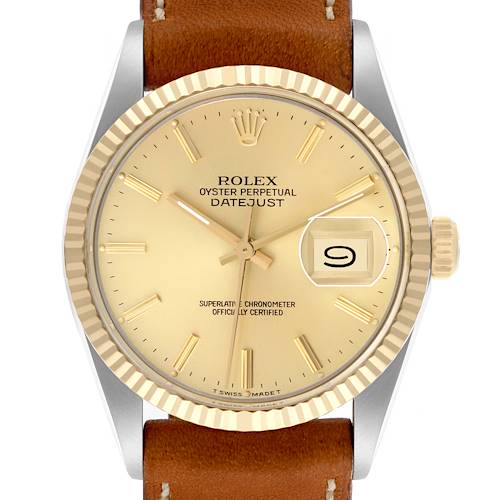
Rolex Datejust Steel Yellow Gold Vintage Mens Watch 16013
Stock Number: 65376
Sold
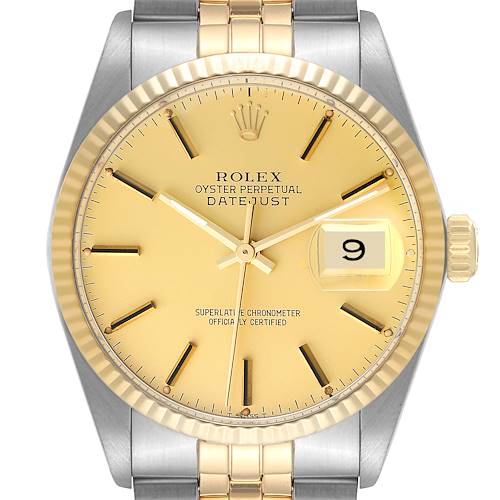
Rolex Datejust 36 Steel Yellow Gold Champagne Dial Vintage Mens Watch 16013
Stock Number: 48303
Sold
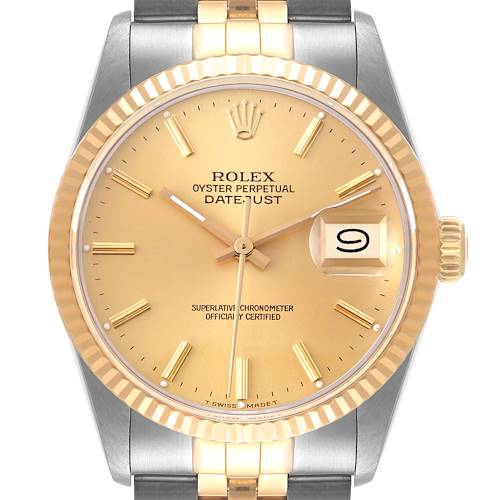
Rolex Datejust 36 Steel Yellow Gold Champagne Dial Vintage Mens Watch 16013
Stock Number: 45996
How to Sell My Vintage Rolex Datejust
Sell or trade-in your vintage Rolex Datejust for the best price with SwissWatchExpo. SwissWatchExpo makes it easy to sell or trade in your used or pre-owned vintage Rolex Datejust to keep your luxury watch collection fresh!



